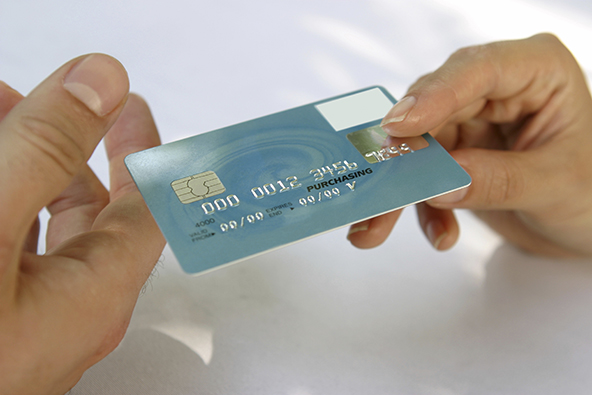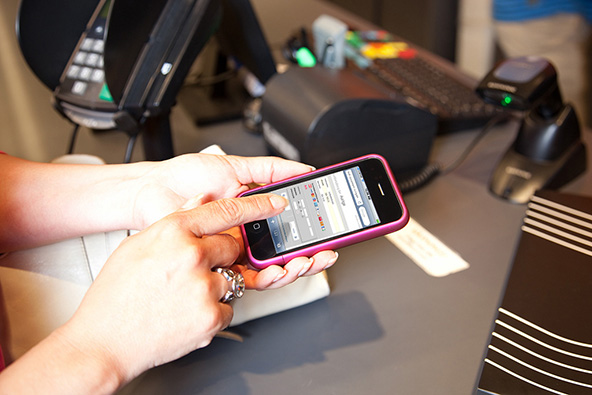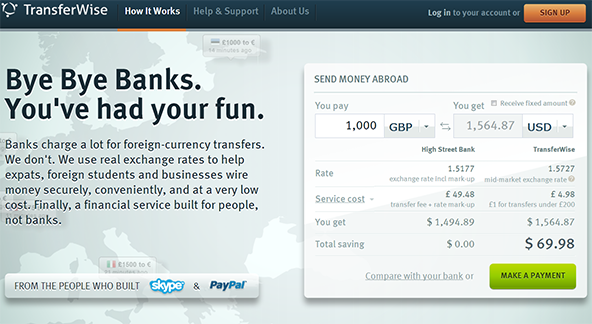Code 10 Call

Both Visa and MasterCard offer merchants, accepting payments in a face-to-face environment, an additional procedure for verifying the validity of a suspicious transaction and even have the same name for it, which is quite unusual — Code 10. Code 10 is an authorization request that alerts the card issuer to the suspicious activity — without alerting the customer. Merchants are encouraged to make a Code 10 call to their processor’s authorization center whenever they suspect that a customer is attempting to commit a fraud at the point of sale. There are two general causes for suspicion:
- The card looks as if it has been altered in some way. Merchants operating in a card-present setting are responsible for ensuring that the card used for payment is a genuine card. The card’s security features should be examined to ensure that they have not been tampered with. Representatives at the point of sale (POS) should be adequately trained to be able to perform such examinations.
- The customer is behaving in a suspicious manner. If the customer is attempting to rush you into completing the transaction or otherwise acting in an unusual manner, this may be a sufficient reason to make a Code 10 call. It is important to remember, however, that there may be a perfectly legitimate reason for the customer’s behavior.
If you believe that there is enough evidence to suspect that fraudulent activity may be taking place, you should make a “Code 10” call and request a voice authorization for the transaction at issue from your payment processor. You will be transferred to the card issuer’s special operator who will provide instructions on any necessary action.
Processing a “Code 10” transaction authorization is fairly straightforward. It is important that you remain calm when calling your processor’s voice authorization center and follow these simple steps:
- Keep the card in your possession and dial your processor’s voice authorization center.
- Calmly state to the representative who picks up the call “I have a Code 10 authorization request.” At this point you may be asked for some transaction details and then the call will be routed to the card issuer.
- Answer the card issuer operator’s questions with a simple yes or no. The card issuer’s representative will then determine whether or not the transaction is fraudulent and provide instructions on how to proceed.
- Follow the card issuer representative’s instructions.
- If the operator asks you to retain the card, you should only do it if it is safe to do so. Otherwise the transaction should be completed and further action should be taken after the customer leaves the store. You should never confront or try to apprehend the customer.
In cases when a suspicious transaction is completed, placing a Code 10 call after the customer has left the store is very important. Even though fraud may already have been committed, making the call at that time will prevent the same fraud from taking place elsewhere or even in the same store in the future.
Image credit: Websolutionspro.net.


